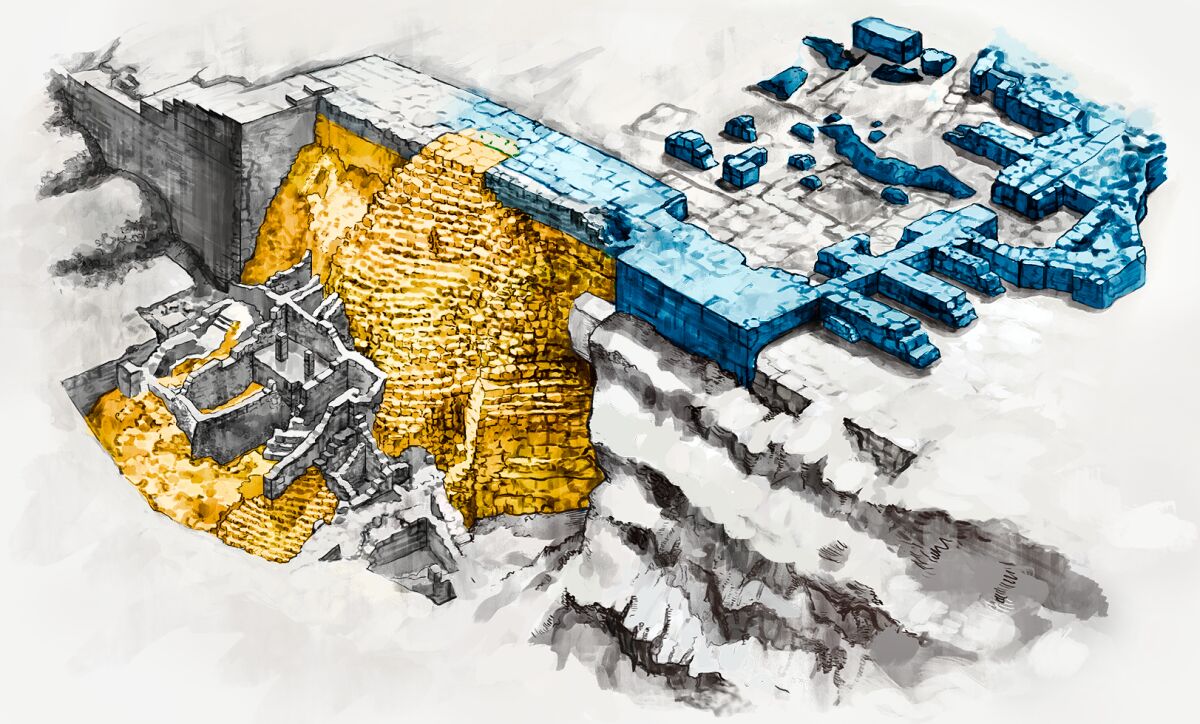City of David Excavation 2006–2007
In 1997, Dr. Eilat Mazar published her hypothesis in Biblical Archaeology Review that David’s palace was located outside the walls of the ancient city of Jerusalem. “If some regard as too speculative the hypothesis I shall put forth in this article,” she wrote, “my reply is simply this: Let us put it to the test in the way archaeologists always try to test their theories—by excavation.” However, Dr. Mazar waited eight years before she received the funding necessary to begin excavating.
Shortly after the start of Phase 1 in 2005, Herbert W. Armstrong College dean Stephen Flurry reached out to Dr. Mazar, offering to send student volunteers to help with the next phase of the excavation. Dr. Mazar accepted his offer, rebuilding the “iron bridge” relationship between the aicf (parent organization to aiba) and Jerusalem archaeology.
When Phase 2 of the City of David excavation began in October 2006, Herbert W. Armstrong College dispatched three student volunteers to Jerusalem. It was a small start, but the relationship between Herbert W. Armstrong College and Jerusalem archaeology has continued ever since.
Large Stone Structure: During Phases 1 and 2, Dr. Mazar’s crew unearthed a huge stone structure, officially titled the “Large Stone Structure,” identified as the 10th century b.c.e. palace of King David. To learn more about this discovery, read Brent Nagtegaal and Christopher Eames’s feature article “Is it Really King David’s Palace?”

Jehucal bulla: Discovered during Phase 1, this tiny clay seal bears the inscription, “Jehucal, son of Shelemiah.” Jehucal is mentioned in the Bible (Jeremiah 37:1) as one of the Judean princes who persecuted the Prophet Jeremiah. To learn more about this discovery, read “Jeremiah’s Captors Discovered.” Also see our free exhibit brochure “Seals of Jeremiah’s Captors Discovered.”
